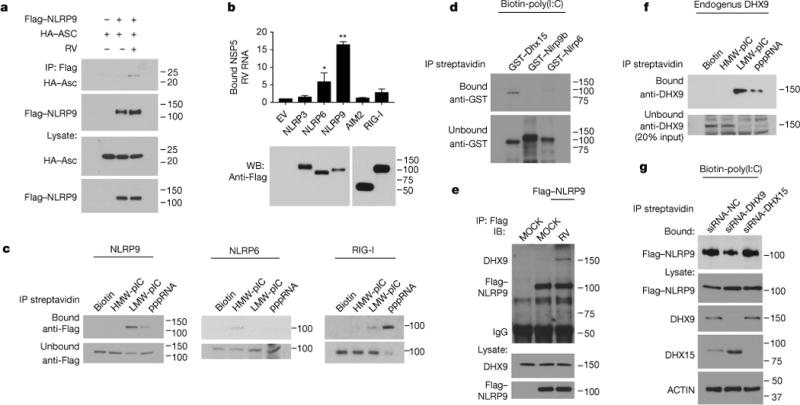Figure 4. NLRP9 inflammasome recognizes rotavirus RNA pathogen-associated molecular pattern through DHX9.

a, Rotavirus-infected HEK293T cells were co-transfected with Flag-NLRP9 and HA-ASC, and analysed by immunoprecipitation using the indicated antibodies. b, Rotavirus-infected HEK293T cells were transfected with indicated plasmids, immunoprecipitated and analysed by qPCR to detect bound rotavirus RNA (mean ± s.e.m., Student’s t-test, *P < 0.05, **P < 0.01). c, HEK293T cells transfected with indicated plasmids were immunoprecipitated with biotin-labelled RNA analogues. d, GST-tagged proteins were immunoprecipitated with biotin-labelled poly(I:C) (HMW+LMW). e, Rotavirus-infected HEK293T cells were transfected with Flag–NLRP9 and analysed by immunoprecipitation using indicated antibodies. f, Immunoprecipitation of DHX9 with biotin-labelled RNA analogs in HEK293T cells. g, HEK293T cells were transfected with Flag–NLRP9 and indicated siRNA and immunoprecipitated with biotin-labelled poly(I:C). a–c, Representative of three experiments; d–g, repeated twice.
